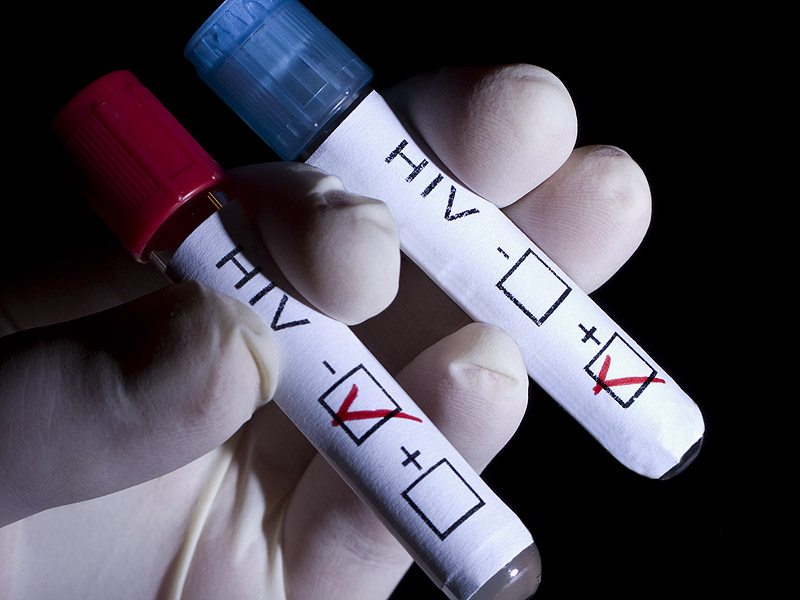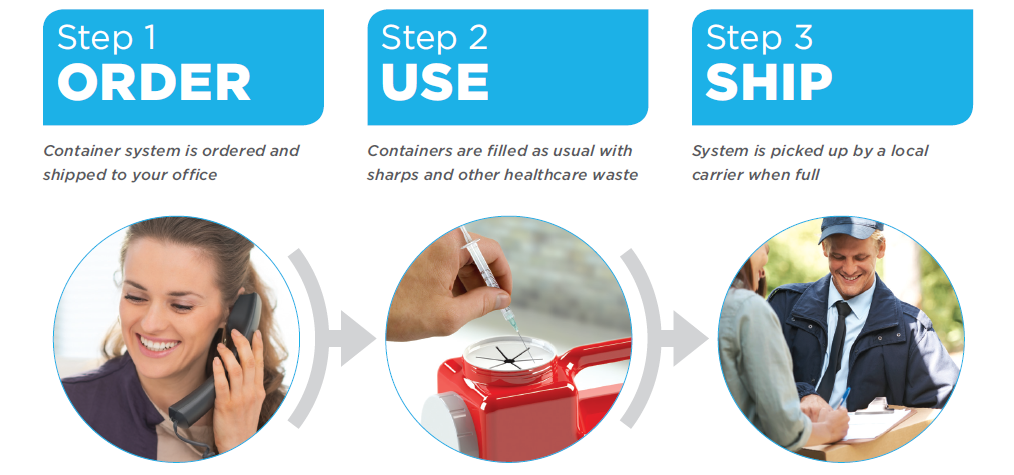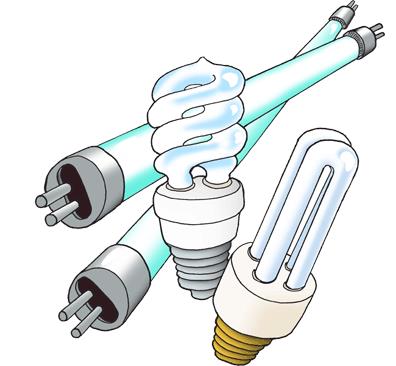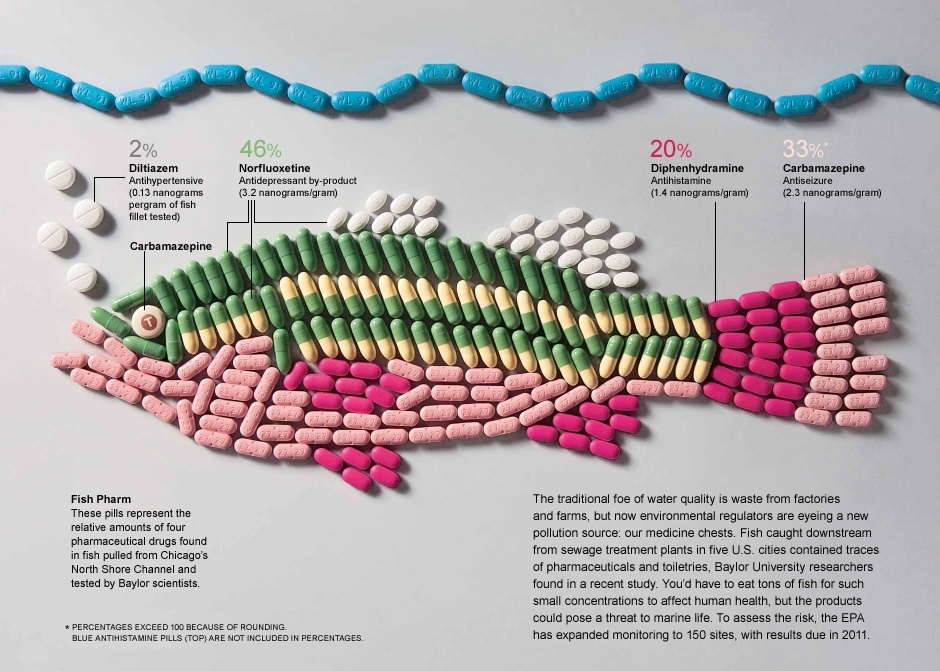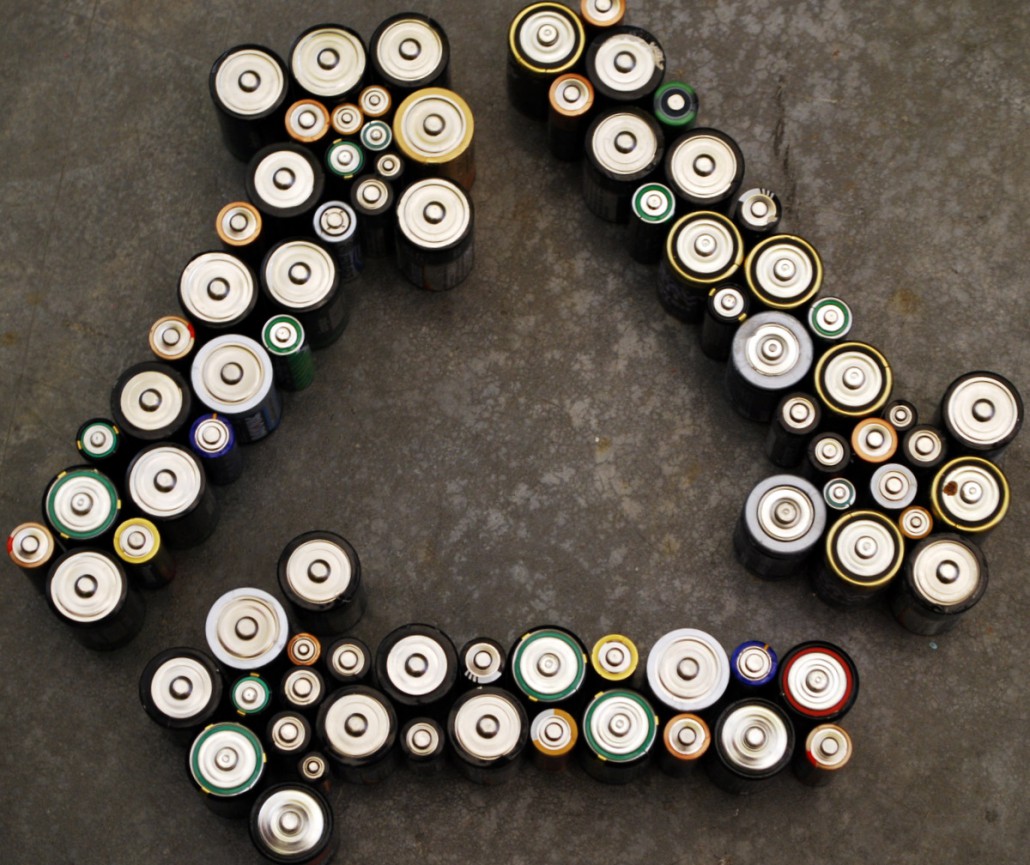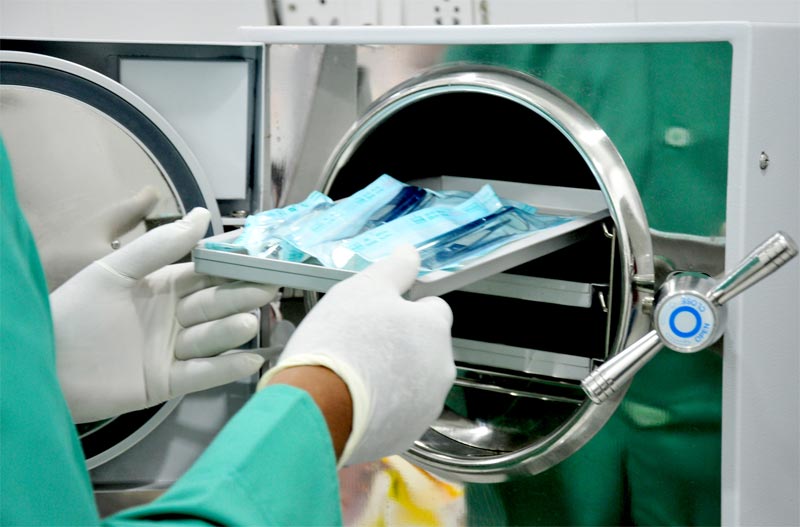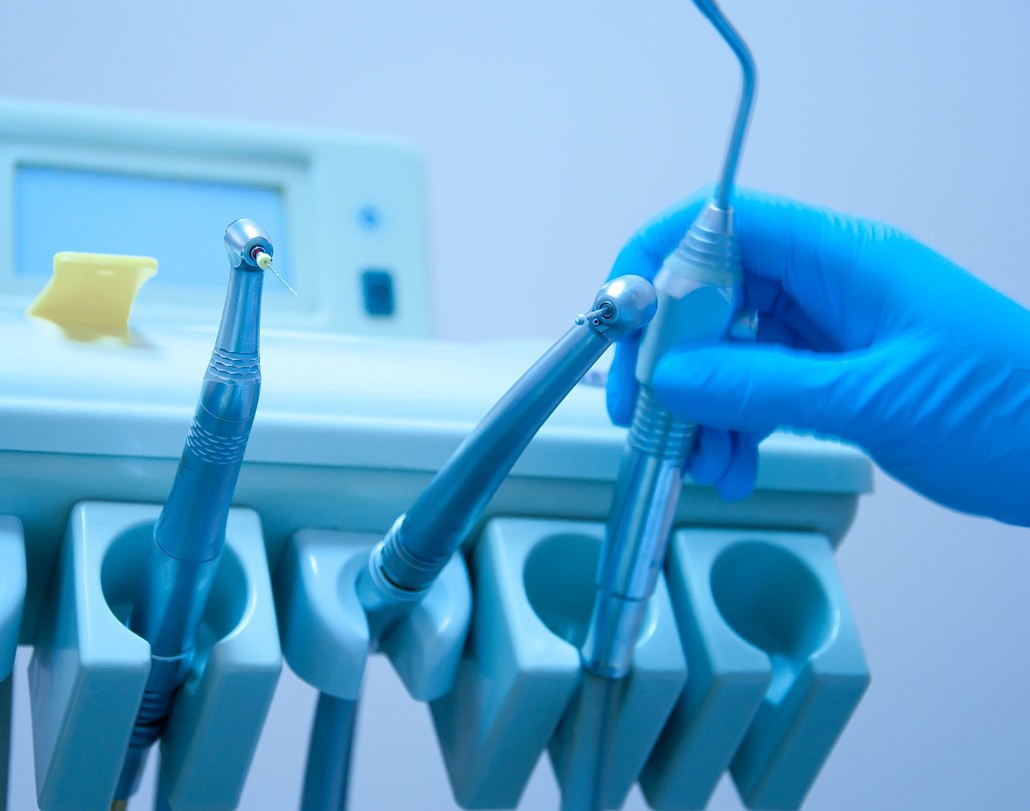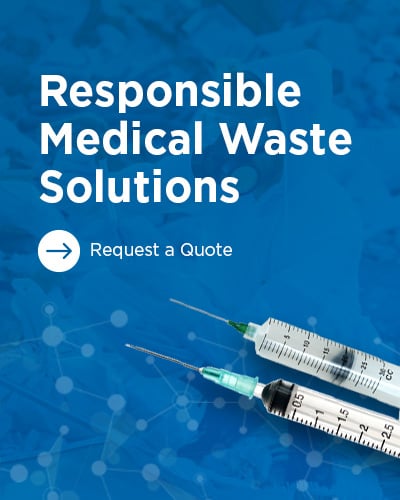According to the Centers for Disease Control and Prevention, the United States is still in danger of losing the war on AIDS, even after major medical advances over the past 30 years. There are 45,000 new H.I.V. infections each year. Nearly 65% of the estimated 1.2 million Americans with H.I.V are not receiving care or antiretroviral treatment (ART); many disappear right after being tested and account for 90% of all new ...
For the first time in 25 years, companies could be paying significantly more for OSHA violations within the workplace. A budget bill President Obama has signed permits OSHA to increase its fines annually based on the consumer price index. Therefore, OSHA would be allowed to make a one-time “catch-up” adjustment that would increase maximum penalty levels by about 80% to make up for the lack of increases since 1990. The ...
Unfortunately, a survey that focused on dental office compliance with infection control guidelines from the Centers for Disease Control and Prevention (CDC) found that guideline implementations was neither complete nor uniform across all practices in the U.S. Over 200,000 copies of the CDC’s Guidelines for Infection Control in Dental Health-Care Settings (2003) were distributed in the U.S.; this document contained updated and ...
Our new Sharps Disposal Systems are cost-effective solutions for the collection and responsible disposal of sharps and regulated medical waste. Our sharps ship-back systems come in sizes ranging from 1.2-gallons up to 28-gallons, and are available as single systems, multi-packs or larger collection systems. These systems are ideal for small quantity generators of waste. Our systems are unique because they have the ability to ...
Did you know that all types of lamps can be recycled? It is important to recycle lamps to decrease the large quantity of hazardous and reusable materials (such as metal) that is currently going to waste in our landfills. A wide variety of energy-efficient mercury-containing light bulbs are becoming popular both within the household and business setting. Some examples include: Compact fluorescent lightbulbs (CFLs) and other ...
On August 31, the U.S. Environmental Protection Agency (EPA) proposed a new rule regarding pharmaceutical waste disposal. This new proposal will affect hospitals, clinics, pharmacies, doctors’ offices, long-term care centers and reverse distributors; these healthcare facilities will not be allowed to flush pharmaceuticals classified as hazardous waste, such as chemotherapy drugs, blood thinners, nicotine and certain ...
Depending upon your location and battery type, some batteries are now considered hazardous “Universal Waste”, meaning that it is illegal to place batteries in the trash or curbside recycling container. The improper disposal of batteries can cause soil contamination and water pollution; in addition, battery recycling is important because they are a valuable metal source and recycling keeps strong corrosive acids away from the ...
Keeping patients and staff safe from the risks of cross-contamination and cross-infection hinges on strict compliance with infection control best practices–especially during instrument reprocessing. Unfortunately, many sterilization-related activities that are common in the dental office are not necessarily the correct ones, creating the misconception that the “routine” way and the “right” way are one in the same. Below are ...
In 2011, the dental industry received international attention when an 82 year old Italian woman died from a case of Legionnaire’s disease she contracted during dental treatment—its source traced to contaminated water from dental unit waterline tubing. A Perfect Storm for Biofilm Bacterial biofilm is virtually universal in untreated dental unit waterlines and can begin forming in a new dental unit within days. Although there ...
In addition to infectious diseases and muscle injuries, dental professionals encounter a number of workplace hazards. Dental staff are exposed to toxic chemicals throughout the day, including those found in products used to clean and disinfect instruments and surfaces. Long-term exposure can increase the risk for developing life-threatening diseases and allergies, which is why it’s important to take the necessary precautions ...
Category
- sharps disposal (31)
- Medical Waste (29)
- sharps container disposal (26)
- Compliance (21)
- sharps mail back (20)
- Pharmaceutical Waste Disposal (14)
- Infection Control (13)
- Safety (13)
- Dental Practice (12)
- biohazardous waste disposal (11)
- OSHA (9)
- Hazardous Waste (8)
- amalgam disposal (8)
- patient support programs (8)
- Universal Waste (7)
- amalgam separators (6)
- vet sharps disposal (6)
- Hazardous Waste Disposal (5)
- News (5)
- amalgam recycling (5)
- dental clinical waste disposal (5)
- #GLP1 (4)
- Amalgam (4)
- ECOII Amalgam Separator (4)
- OSHA Training (4)
- News & Regulations (3)
- medication disposal (3)
- surface disinfectant (3)
- veterinary medical waste (3)
- HIPAA (2)
- flu vaccine (2)
- influenze (2)
- BioSURF (1)
- HIPAA Compliance (1)
- HIPAA Law (1)
- HIPAA Violation (1)
- RP Returns (1)
- improving patient experience (1)
- quart containers (1)
- sharps disposal for veterinarians (1)



